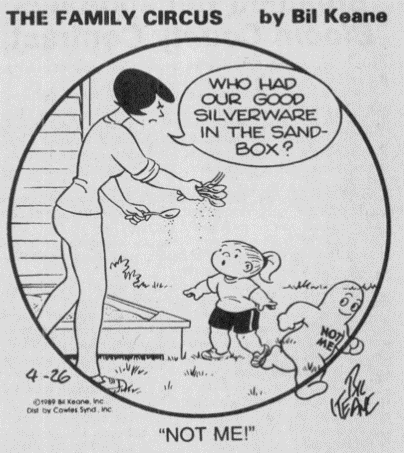Every four years, we have a leap year that adds an extra day to our calendar on February 29th. This helps keep our calendar in sync with the time it takes for the Earth to orbit around the sun, which is about 365.25 days. Even though we may not notice this extra day, some interesting events have taken place in history on Leap Day.
The date was February 29, 1940. All the stars in Hollywood were gathering at the Cocoanut Grove nightclub in the Ambassador Hotel to witness the 12th Academy Award ceremony. After petitioning to even be allowed to enter the segregated Cocoanut Grove, Hattie McDaniel, the sole African American present, took her place at a table along a far wall away from all of her Gone with the Wind costars.Hattie would make history that night by becoming not only the first African American to be nominated for an Academy Award, but also securing a win for Actress in a Supporting Role. Seven years later, McDaniel’s would become the first African American to star in radio show meant for a general audience, The Beulah Show. Learn more about McDaniel’s career and contributions to the film industry through the Independent Voices database.

On February 29, 1692, as a wave of hysteria swept over colonial Massachusetts, Sarah Good, Sarah Osborne, and Tituba, a West Indian Slave, found themselves named in a warrant issued for their arrest. Their alleged crime? Witchcraft. Within the next day, these three women were apprehended, marking the start of the Salem witch trials. In the following 15 months, more than 200 individuals would face arrest and trial. By May 1693, the Salem witch trials had resulted in the execution of 20 people. In the aftermath, colonials were left to grapple with the realization that fear-driven hysteria had led to the unjust persecution and loss of innocent lives.

On February 29, 1960, the iconic comic strip “Family Circus” had its first publication. Created by cartoonist Bil Keane, the cartoon focused on the innocent childhood adventures of young siblings Billy, Dolly, Jeffy, and infant P.J. under the watchful eyes of parents Bil and Thelma. “Family Circus” captured the innocence and humor of childhood, as the children embarked on whimsical and mischievous adventures, explored family dynamics, and navigated the challenges of growing up. Interested in comic books? The Underground and Independent Comics database contains over 1,900 comics, including ones written by comic artist, writer, and “herstorian” Trina Robbins—one of the earliest women in the American underground comix scene of the 1960s.

Need help “leaping” into your research? Ask Us! at iueref@iue.edu or click this button:


